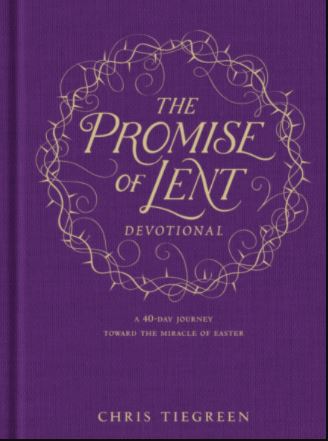
What is the Season of Lent?
The human heart is full of eternal hopes. Many people don’t recognize them for what they are—longings for the Kingdom of Heaven and anticipation of living with God and his people forever—but everyone
dreams. We were designed for such things; God put eternity in our hearts for a reason (Ecclesiastes 3:11). We
ought to be filled with hope. But in spite of all our longings and desires, in spite of all the promises we have been
given, Scripture reminds us of a fundamental truth from its earliest pages: We are made of dust. And, as a consequence of humanity’s primeval rebellion, to dust we will return.

Scripture portrays our creation from dust and explains why we must return to it, but even without reading its explanations we know the fact of our mortal condition. We are painfully jolted into awareness at every funeral and nagged with a reminder at every ache and pain that comes with age. We may be able to put our transient nature out of our minds for a surprisingly long time, especially when we’re young, but eventually the quickening years overcome our denial. Like Abraham, we come face-to-face with God and are reminded of our materiality (Genesis 18:27). We know our innermost beings were made for more, but our outermost will return to earth.
It’s inevitable.
That thought has plagued humanity for centuries and driven many to despair. For those who believe in the Messiah who came to save us, however, it is merely a reminder of what our fate would have been without him.
It’s a remnant of the fall, not a lasting legacy. We have no reason to be depressed anymore—not because we have
overcome death and decay but because he has. The season of Lent is not a lamentation with no answer; it’s a reflection on what could have been but isn’t, a sobering celebration of how tragic losses are being redeemed. For the heart of faith, Lent reflections take the “bitter” out of bittersweet while reminding us it was there.

That’s a healthy balance. We don’t want to dwell on the painful side of redemption constantly; the gospel places a heavy emphasis on celebration and joy. But we’re always grateful for what the Messiah’s sacrifice saved us from and mindful of what it cost him. Our broken bodies came from dust and will return to it. But our true selves—the people we were created to be—will rejoice forever.
Excerpt from The Promise of Lent Devotional by Chris Tiegreen, from Tyndale House Publishers January 2018.

Lent is a time of remembering Christ’s sacrifice—and yet it is not meant to be depressing; it is meant to be reorienting. The 40-day holy season is one of transition when we turn our eyes away from fading disappointments and move ever closer to the radiance of Easter hope.
This is the purpose of The Promise of Lent Devotional: to stir up the hope that God has given us in the midst of a fallen world. Each day you’ll read of death and new life, temptation and the power to overcome it, the life and ministry of Jesus, and the transformative power of God. Because when we gaze at God’s true nature—his sacrificial love and his glorious resurrection—everything changes. The past fades, the tomb’s stone rolls away, and our hearts awaken to faith once again. Discover that to be true this year, through The Promise of Lent Devotional.
The Promise of Lent Devotional by Chris Tiegreen is available wherever books are sold.

